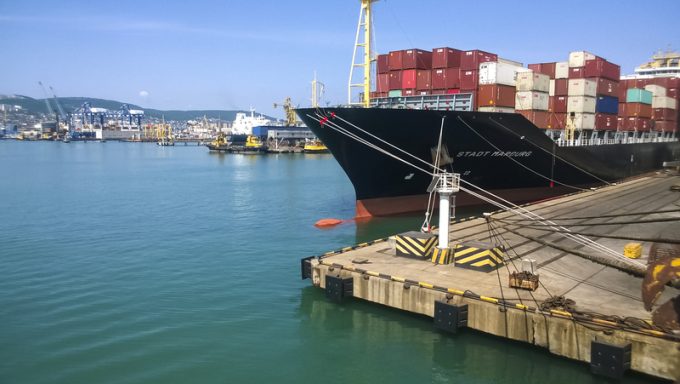Fortress SITC – liner shipping's insulated star performer
Is it a bird? Is it a plane? Nope, it’s a ship

The ageing fleet of small to medium-sized containerships needs replacing but carriers and non-operating owners have neglected to invest in these crucial workhorse vessels, according to Alphaliner.
“Over the past years, carriers have primarily placed orders for very large and ultra-large containerships,” said the consultant, noting that both the shipping lines and NOOs had “neglected the medium sized sector from 4,000-9,000 teu”.
A carrier contact admitted to The Loadstar recently that it had “too many big ships” in its fleet.
“It’s not been ...
'Disastrous' DSV-Schenker merger would 'disrupt European haulage market'
New senior management for DSV as it readies for DB Schenker takeover
Volumes set to 'fall off a cliff' as US firms hit the brakes on sourcing and bookings
Asian exporters scramble for ships and boxes to beat 90-day tariff pause
Amazon pushes into LTL for small package fulfilment and UPS does a u-turn
Temporary tariff relief brings on early transpacific peak season
Pre-tariff rush of goods from US to China sees air rates soar, but not for long
Forwarders 'allowing the fox into the chicken run' by supporting 'hungry' carriers

Comment on this article